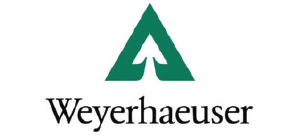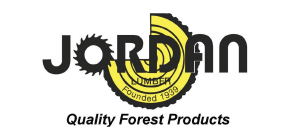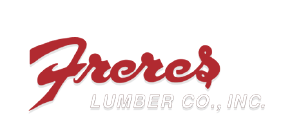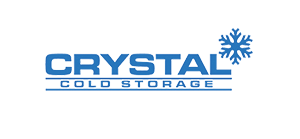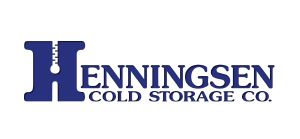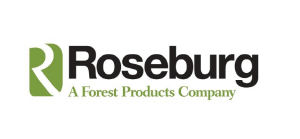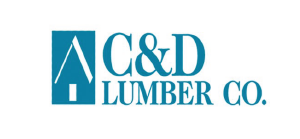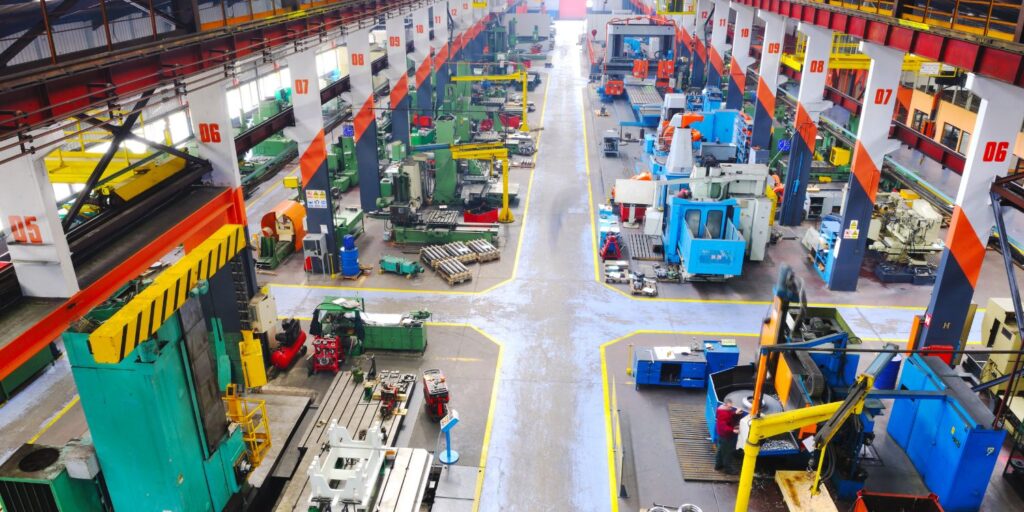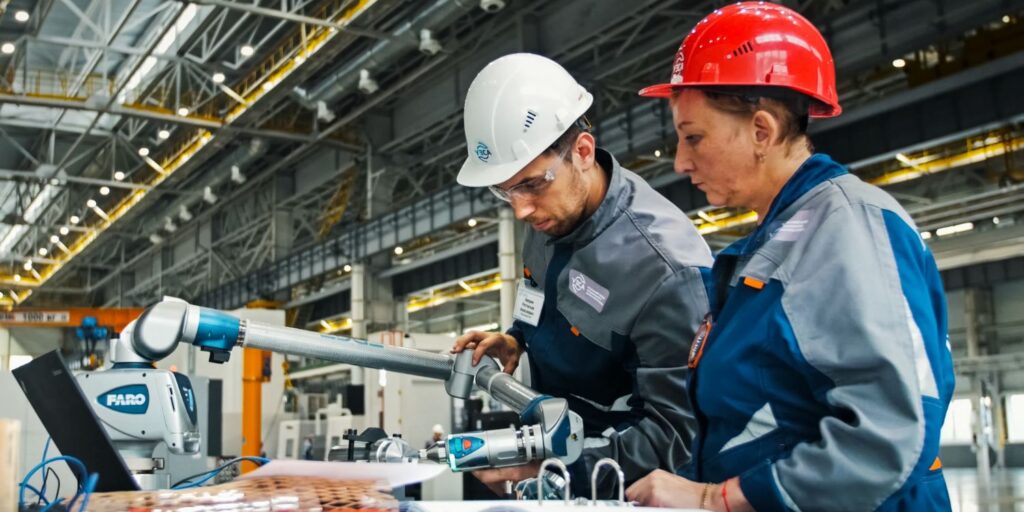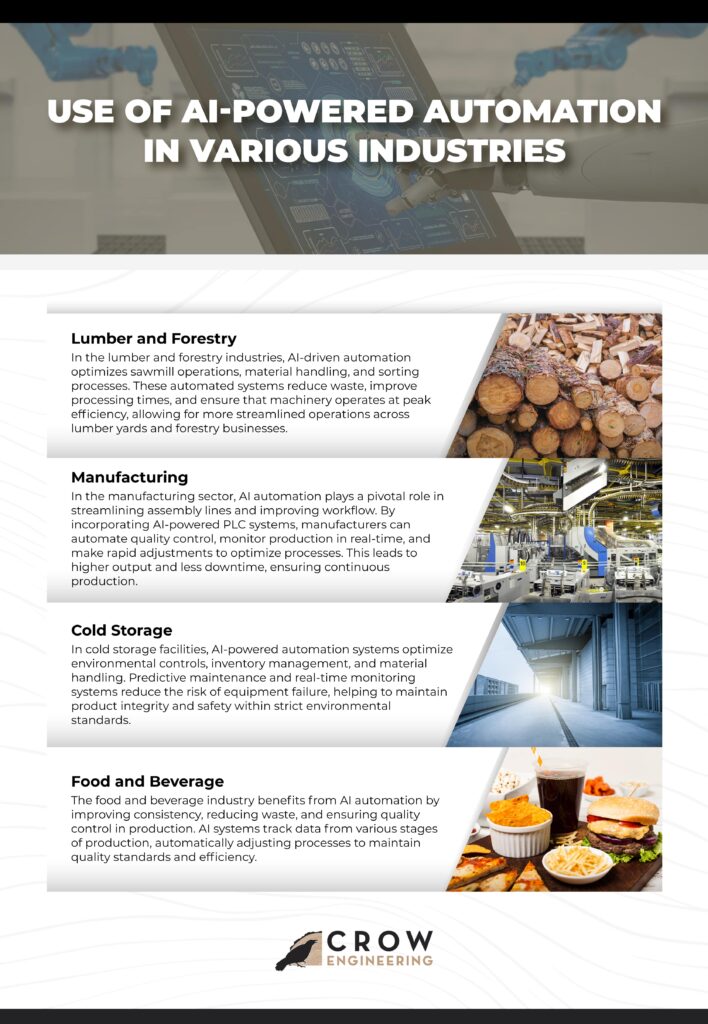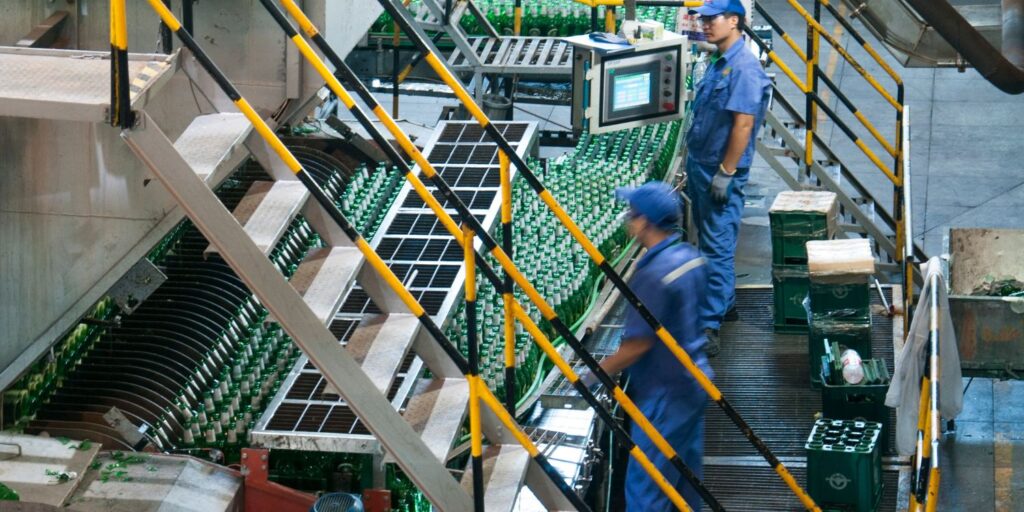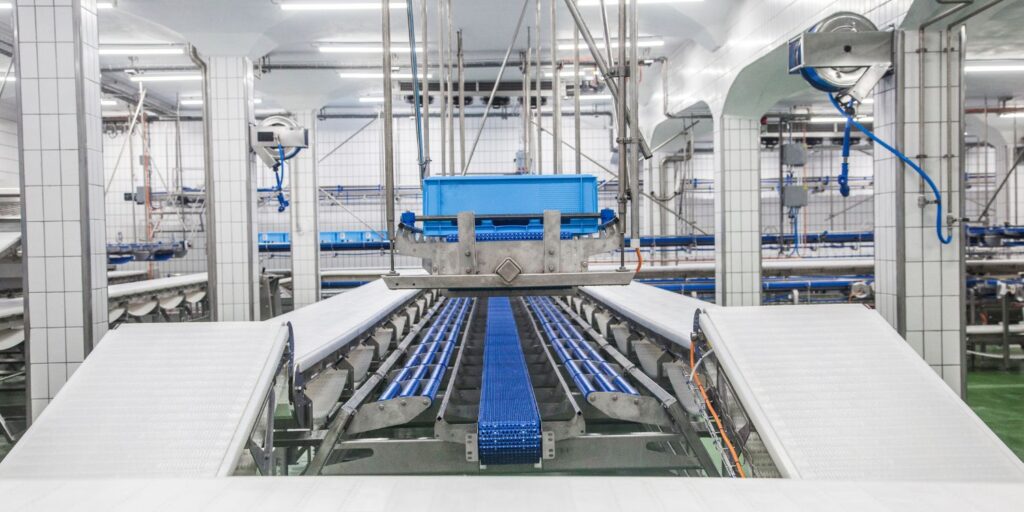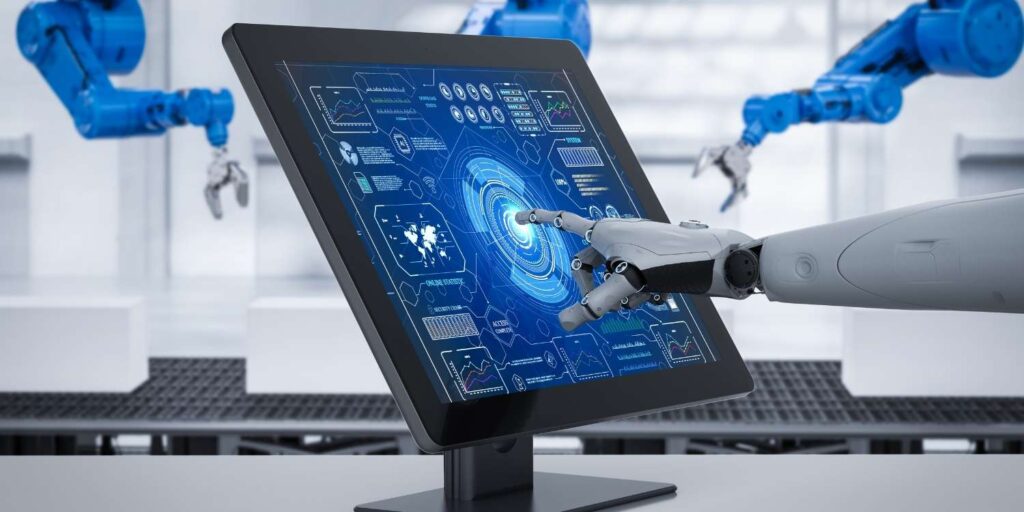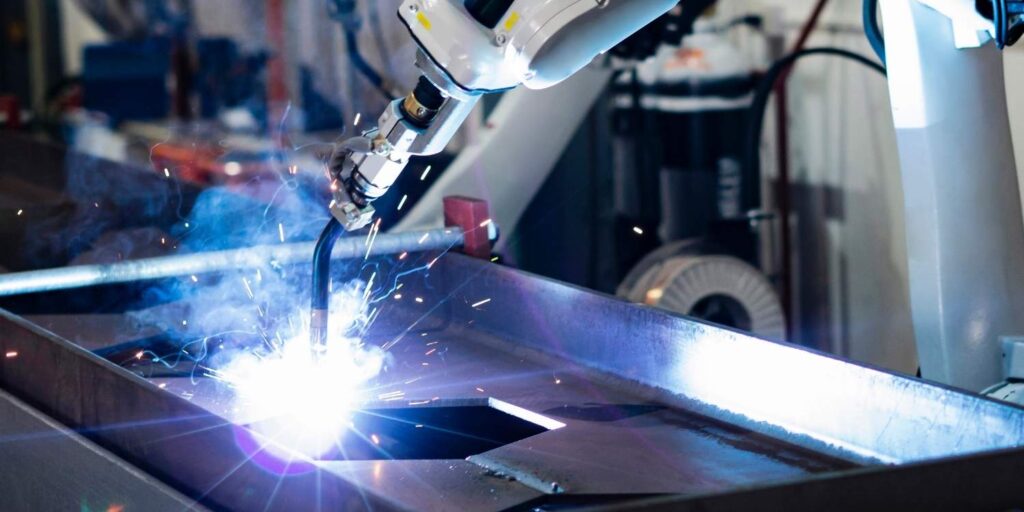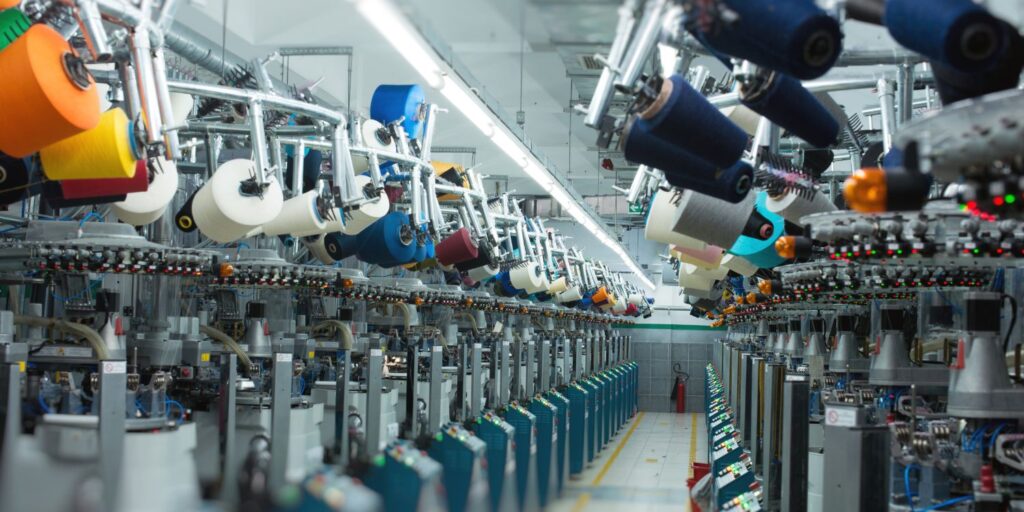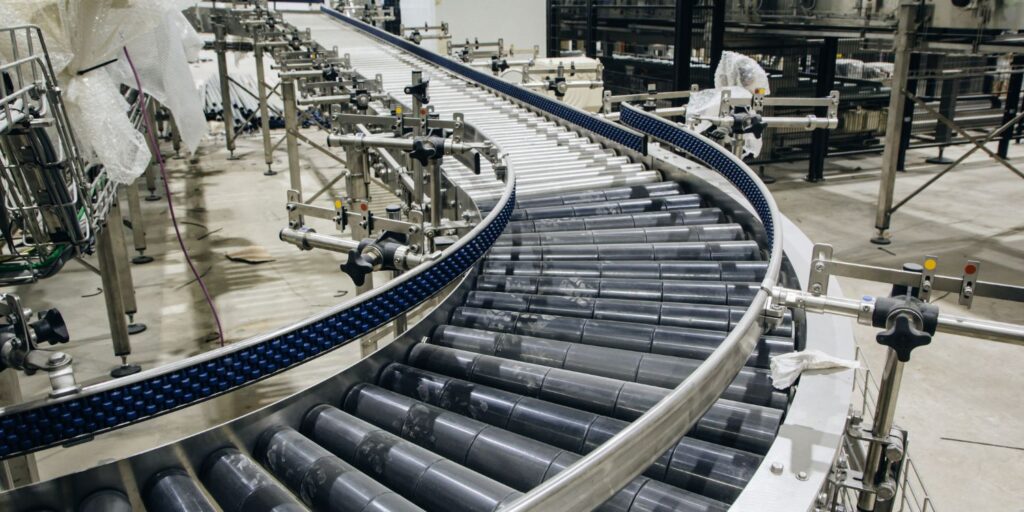3D scanning technology is reshaping the way industries capture and utilize physical data, offering a bridge between the tangible world and digital analysis.
3D Scanning Aids Many Product and Process Improvements
This transformative process analyzes real-world objects or environments to collect data on their shape and appearance, creating digital 3D models or “digital twins.” This computer-aided design (CAD) data is then used for a variety of product and process improvement projects.
3D scanned models serve various purposes, such as reverse engineering, quality assurance, and plant engineering and design, across diverse sectors including manufacturing, architecture, and heritage preservation.
It is important to understand the types of 3D scanning technologies available, their advantages, and limitations, to better appreciate their impact on industrial applications.
Types of 3D Scanning Technologies
Laser Scanners:
Laser scanning technology represents the pinnacle of precision in the realm of 3D scanning. This sophisticated technique leverages the principles of trigonometric triangulation, employing laser beams to meticulously map the surface geometry of various objects. By projecting a laser line—or, in more advanced applications, multiple lines—onto the target, the scanner captures the reflection with one or more sensors strategically positioned at known distances from the laser source. This setup allows for the accurate calculation of distances based on the reflection angles of the laser light, translating physical properties into millions of data points that compose a detailed digital 3D model.
The versatility and precision of laser-based 3D scanners make them highly sought after for a broad spectrum of applications. Their ability to accurately scan objects with complex, shiny, or dark finishes underscores their adaptability in challenging scanning environments. Crow Engineering’s arsenal of laser scanning equipment encompasses a range of designs to suit any project need, including handheld portable units for on-the-go scanning, arm-based and CMM (Coordinate Measuring Machine)-based systems for detailed inspections, as well as long-range and single-point long-range trackers for extensive areas. This flexibility ensures that regardless of the project’s scope—from small components to large industrial spaces—accuracy and quality are never compromised.
Pros: High accuracy, versatility for various surfaces, portable, and relatively low cost.
Cons: Struggles with transparent or highly reflective materials; optimal for close-range scanning.
Structured Light Scanners:
Structured light scanners use a pattern of light (often blue or white LED) projected onto an object. Cameras or sensors capture the distortion in the pattern to map the object’s 3D shape, utilizing triangulation to determine dimensions accurately.
Pros: Quick scan times, capable of capturing large areas, high resolution and accuracy, portable, and eye-safe, making it suitable for scanning humans and animals.
Cons: Light sensitivity makes outdoor scanning challenging; primarily effective at close range.
Time-of-Flight (ToF) Scanners:
ToF scanners calculate the time it takes for a laser to return after hitting an object. This technology is adept at scanning large structures like buildings from a distance.
Pros: Effective for long-distance scanning, suitable for large objects.
Cons: Lower accuracy compared to laser and structured light scanners.
Medium and Long-Range 3D Scanners:
These scanners, including pulse-based and phase shift, are ideal for large-scale objects and environments. They capture detailed point clouds by rotating 360 degrees and redirecting lasers toward the target area.
Each 3D scanning technology presents unique advantages tailored to specific needs, whether it’s capturing intricate details of a small component or mapping the vast expanse of a manufacturing site. However, the choice of scanner depends on factors like the object size, the required accuracy, and environmental conditions.
Crow Engineering: Pioneering 3D Scanning Solutions
At Crow Engineering, we specialize in leveraging state-of-the-art 3D scanning technologies to support and enhance your engineering projects. With a focus on precision and efficiency, we employ laser and LiDAR-based units capable of delivering detailed digital point cloud models. These models not only accurately represent the scanned objects but also incorporate actual images to provide a semi-realistic backdrop, enhancing the visualization and analysis process.
Our 3D scanning services extend across various applications, from process engineering to industrial plant layout optimization. We cater to a wide range of industries, including wood products, cold storage, warehousing, heavy industrial, and food processing facilities. With over 50 years of experience in engineering excellence, Crow Engineering is committed to modernizing your operations, optimizing plant layouts, and ensuring your projects achieve maximum productivity and profitability.
Embracing 3D scanning technology with Crow Engineering means investing in accuracy, efficiency, and innovation. Our expert team is dedicated to providing tailored solutions that meet your specific project requirements, helping you capture precise data that lays the foundation for successful engineering outcomes.
Contact Crow Engineering today to explore how our 3D scanning services can transform your operations and propel your business forward with optimal plant design and layout.
Who are we?
Crow Engineering is a multi-discipline consulting engineering firm serving mechanical, structural, and civil engineering needs for a variety of industries.
Engineering Services
the crow connection
Recent News
The Crow Connection delivers high-level insights on engineering, automation, and process optimization, helping you drive efficiency and innovation. Covering topics like AI-powered automation, manufacturing strategies, and industrial process improvements, it’s a must-read for leaders seeking a competitive edge.

